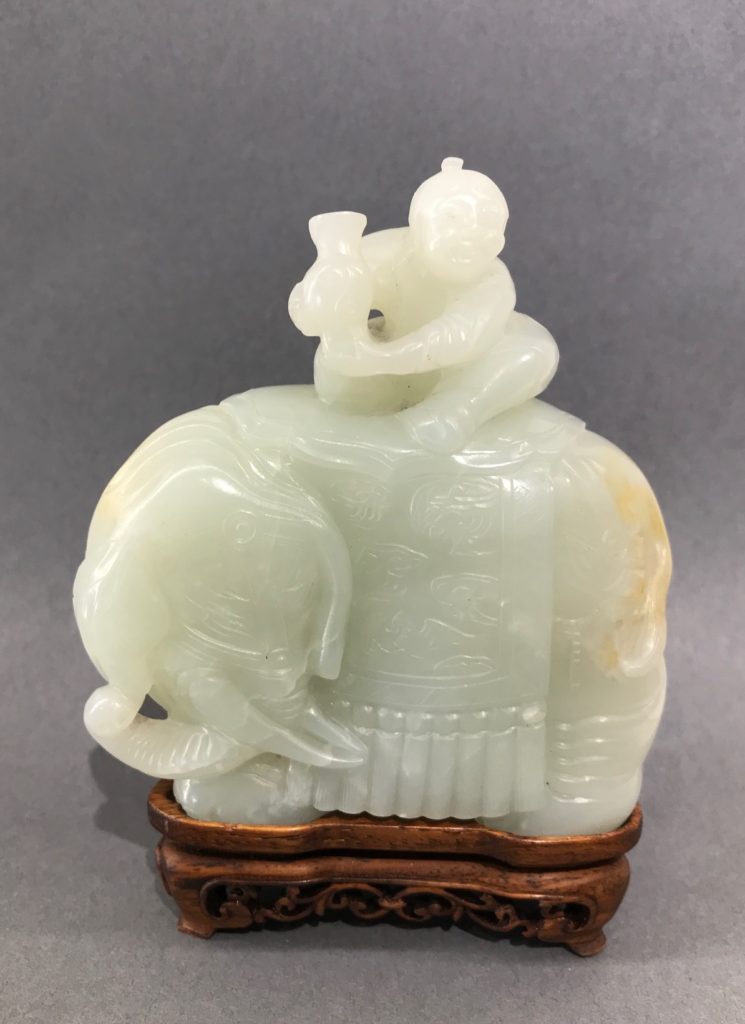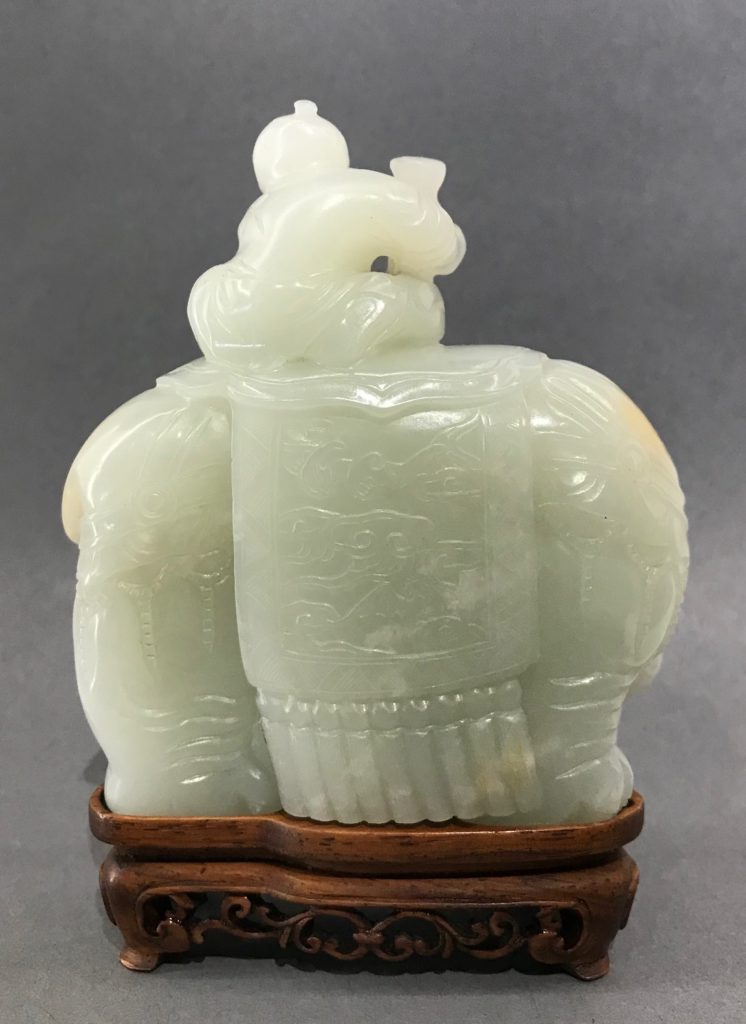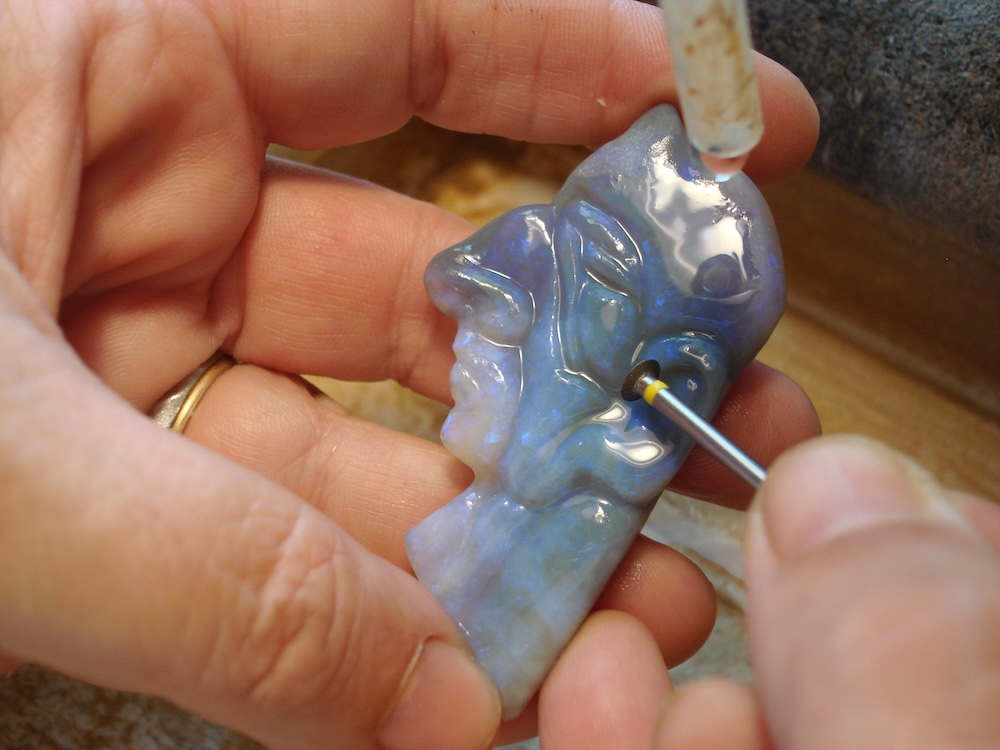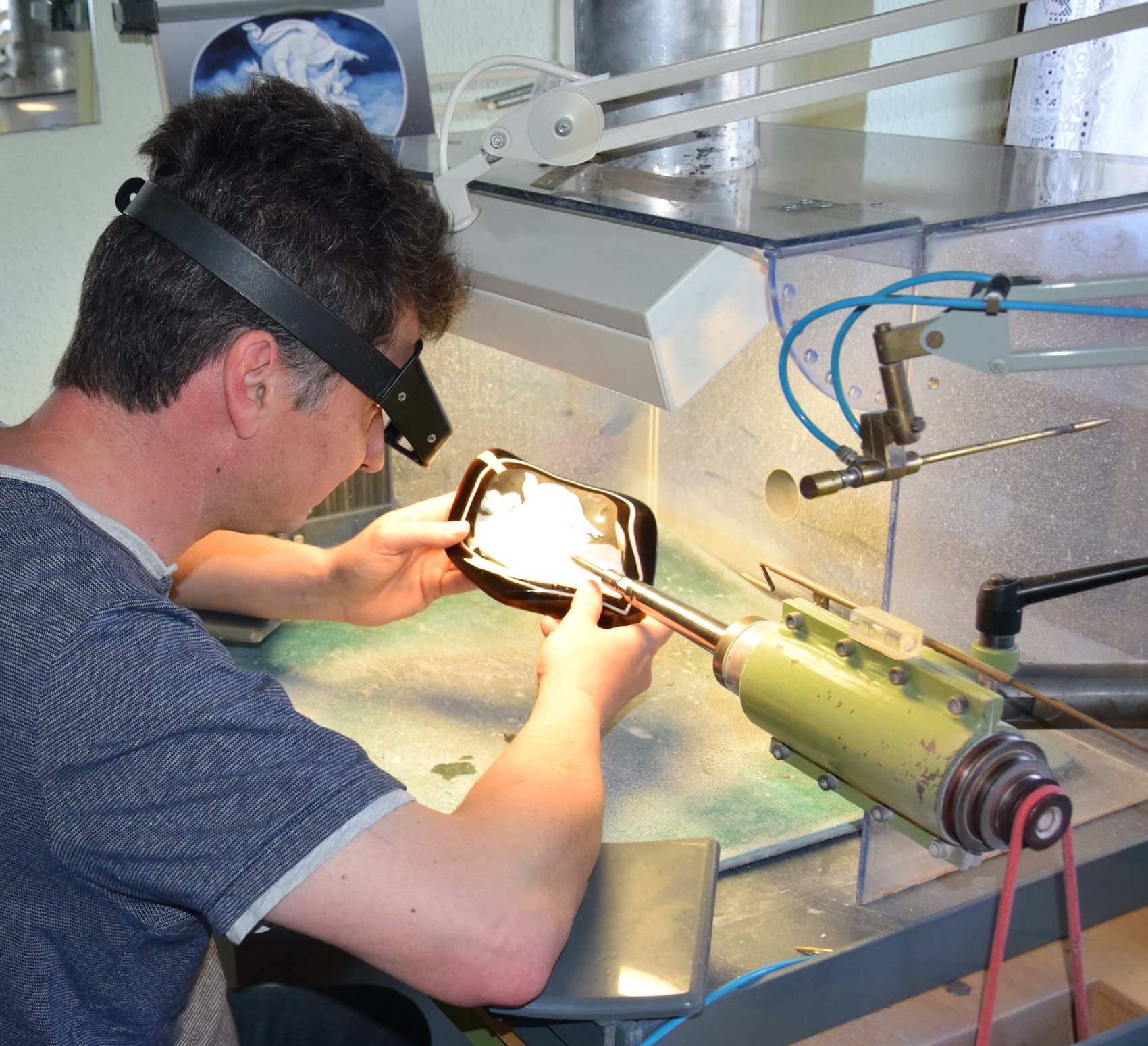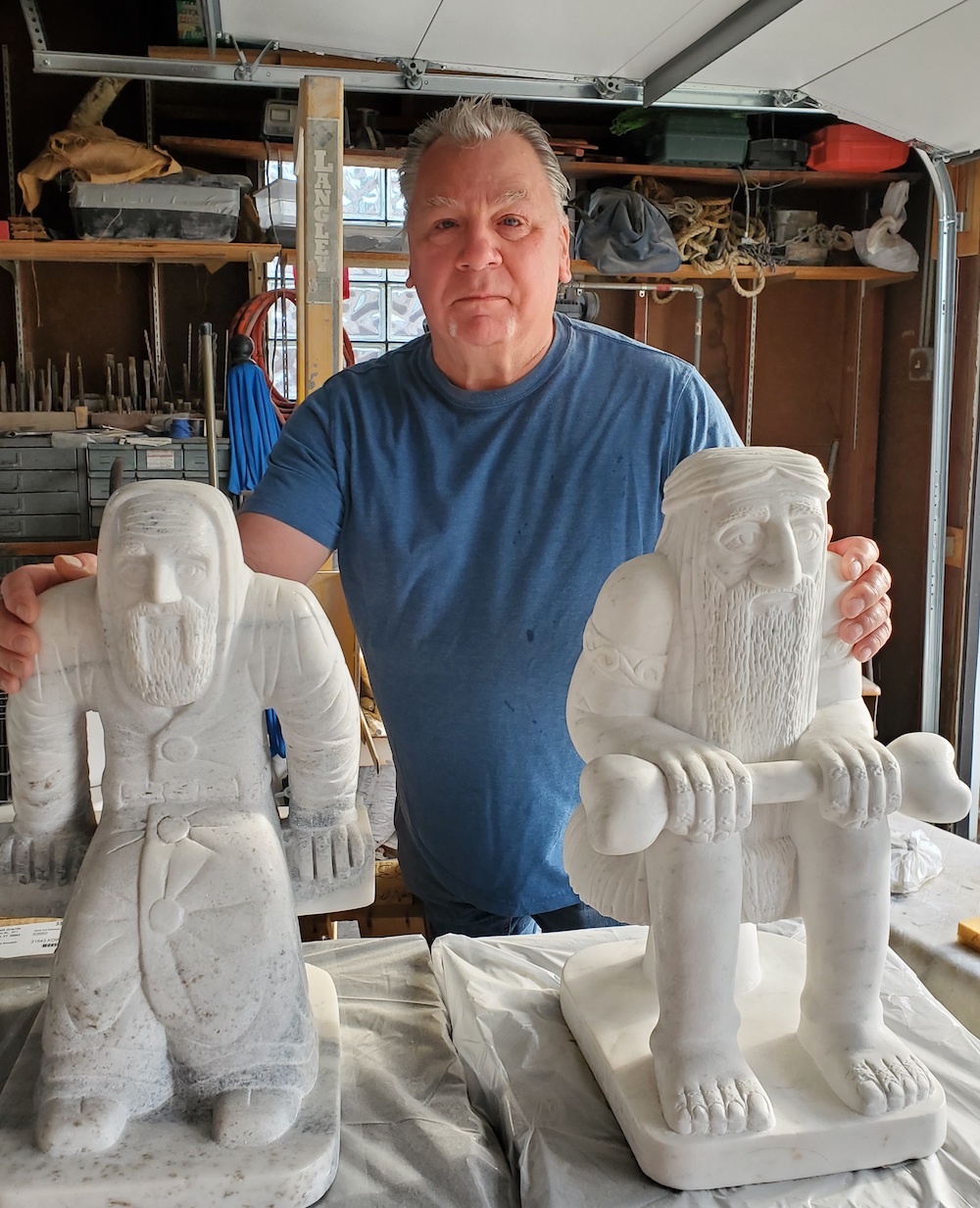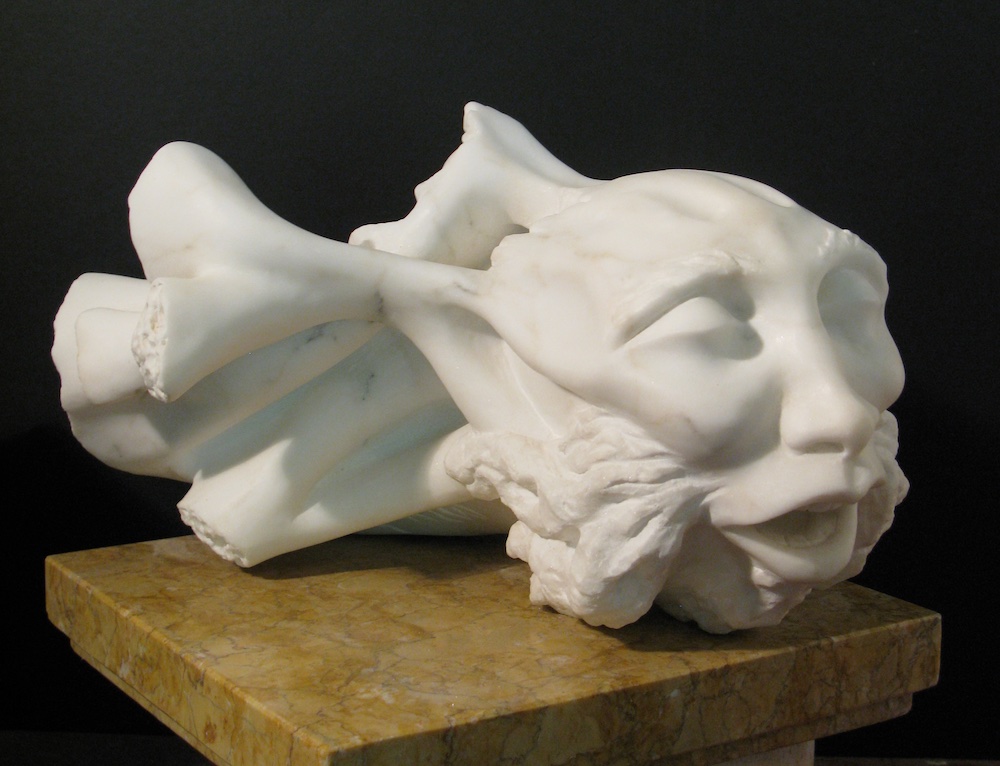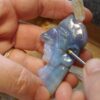One of the primary characteristics of Chinese jade carvings is that the decorative motifs are meant to convey good omens or wishes. Sometimes, the wishes are written out in full on the objects. Whereas on many occasions, these auspicious meanings are portrayed pictorially by groups of seemingly unrelated objects.
This carving featuring a boy holding a vase and riding on the back of an elephant represents a well-known design symbolizing a blessing of a peaceful and prosperous life.
One of the main icons of the motif, the elephant, has been best known for its Buddhist association in China for centuries. The image of an elephant was further enriched during the Ming dynasty (1368-1644). One of the most common images is an elephant carrying a vase on its back. The word for elephant in Chinese is a homonym for the Chinese word “sign” and vase in Chinese rhymes with the word “peace.” The rebus of this combination alludes to the popular saying “when there is peace, there are signs.” When a boy accompanies these two motifs, another layer of favorable meaning is added. Riding an elephant is a homophonic pun for “best luck” in Chinese art. The pictorial pun therefore suggests a wish for a peaceful and prosperous life.
Deciphering the hidden meanings of the objects represented makes appreciating jade carving not only visually appealing but also intellectually stimulating.

